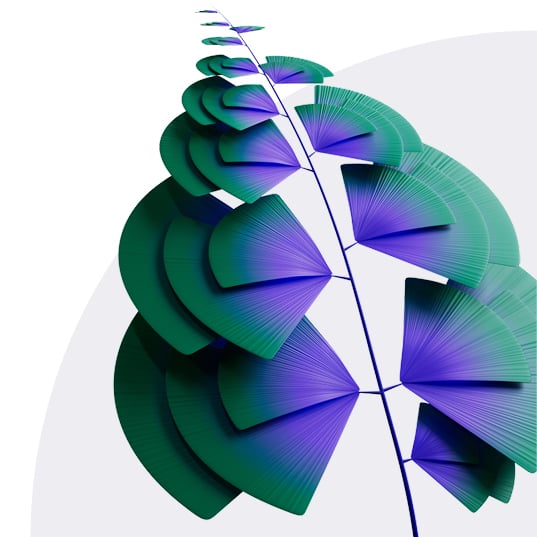Life Events: Transferring a Retirement Account to a Named Beneficiary

Information about transferring assets to a beneficiary
In instances where an account owner has passed away and the IRA has a named beneficiary on file, the account assets will transfer to the named individual(s) or entity. The forms needed will vary and are based on the relationship of the beneficiary to the account owner and the way the beneficiary wishes to disburse the assets.
1. Transfers to a spouse
A. If the spouse elects to treat the inherited assets as their own and wishes to move them into an existing or new IRA in their name, they will need:
-
- Photocopy of death certificate
- IRA Beneficiary Claim Request form (PDF)
- IRA Application (PDF), if opening a new IRA
- Inheritance tax waiver, if applicable
B. If the spouse elects not to treat the inherited assets as their own and wishes to open a beneficiary IRA, they will need:
-
- Photocopy of death certificate
- IRA Beneficiary Claim Request form (PDF)
- Beneficiary IRA Application (PDF)
- Inheritance tax waiver, if applicable
C. If the spouse elects to redeem the assets by check or send the proceeds to a bank account, they will need:
-
- Photocopy of death certificate
- IRA Beneficiary Claim Request form (PDF)
- Inheritance tax waiver, if applicable
2. Transfers to a non-spouse
A. If the beneficiary elects to redeem the assets by check or send the proceeds to a bank account, they will need:
-
- Photocopy of death certificate
- IRA Beneficiary Claim Request form (PDF)
- Inheritance tax waiver, if applicable
B. If the beneficiary elects to open a beneficiary IRA, they will need:
-
- Photocopy of death certificate
- IRA Beneficiary Claim Request form (PDF)
- Beneficiary IRA Application (PDF)
- Inheritance tax waiver, if applicable
What if a beneficiary is also deceased?
If a beneficiary is also deceased, a photocopy of their death certificate will need to accompany the form(s) indicated above.
If the beneficiary passed away prior to the account owner, the assets will go to any remaining primary beneficiaries. If there are no additional primary beneficiaries, the assets will go to any secondary beneficiaries. If there are no secondary beneficiaries, the assets will go to the account owner’s estate.
If the beneficiary passed away after the account owner, the assets will go to the beneficiary’s estate.
If there are multiple beneficiaries, do all parties need to claim the assets at the same time?
No. If there are multiple beneficiaries, each of them can complete their paperwork separately, and the forms do not need to be submitted together.
